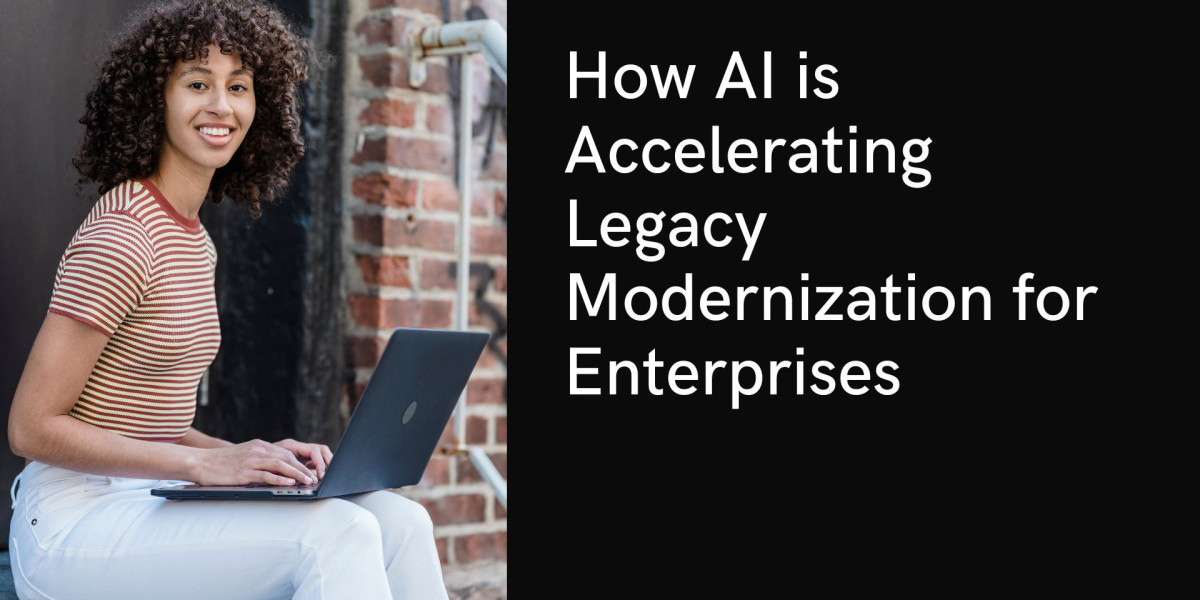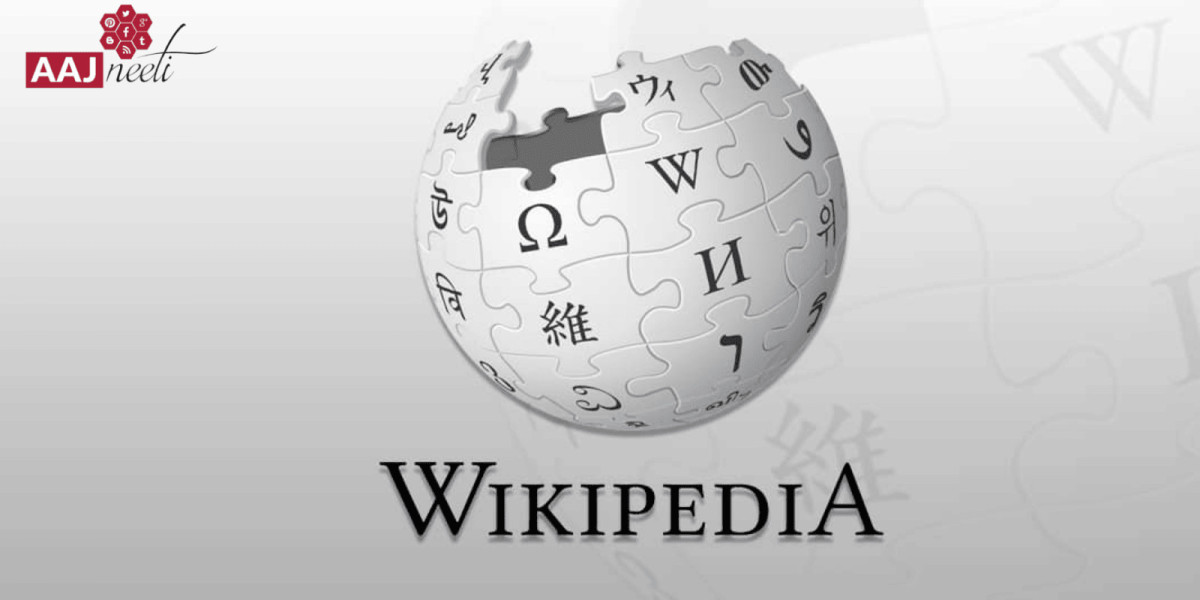In today’s digital era, enterprises face the constant challenge of staying competitive while managing aging IT infrastructure. Legacy systems — those outdated software applications and hardware still critical to business operations — often hinder agility, innovation, and growth. Despite their importance, legacy systems are plagued by inefficiencies, high maintenance costs, and limited integration capabilities, making modernization a top priority for enterprises worldwide.
According to Gartner, by 2025, 75% of enterprises will have accelerated their legacy modernization efforts, driven by the need to remain competitive and embrace digital transformation. But traditional modernization approaches can be complex, risky, and expensive, often resulting in prolonged projects that delay the benefits businesses seek.
Enter Artificial Intelligence (AI) — a transformative technology that is revolutionizing how enterprises approach legacy modernization. AI accelerates the modernization process by automating labor-intensive tasks, improving code quality, enabling better decision-making, and facilitating seamless migration. This blog explores how AI is reshaping legacy modernization, the benefits it delivers, and how enterprises can harness its power to future-proof their IT infrastructure.
Understanding Legacy Modernization: Why It Matters
Legacy systems are often the backbone of enterprise operations — from core banking software to inventory management and customer relationship systems. However, these systems typically lack the flexibility, scalability, and user experience needed for modern business demands.
Legacy modernization refers to the process of updating, re-engineering, or replacing these aging systems with modern platforms and technologies that support digital transformation goals. Key drivers for modernization include:
Reducing operational costs: Legacy systems are expensive to maintain.
Improving agility: Modern systems enable faster response to market changes.
Enhancing customer experience: Newer platforms support better interfaces and integrations.
Increasing security: Modern technologies address vulnerabilities common in older systems.
Enabling innovation: Legacy modernization opens doors for AI, cloud computing, and advanced analytics.
Despite these benefits, modernization projects are often hindered by complexity, lack of expertise, and concerns over business disruption. This is where AI steps in as a game-changer.
How AI Accelerates Legacy Modernization
1. Automating Code Analysis and Migration
One of the biggest challenges in legacy modernization is understanding and migrating vast, complex codebases written in outdated languages or architectures. AI-powered tools use machine learning and natural language processing (NLP) to analyze legacy code quickly and accurately.
These tools can automatically identify dependencies, redundancies, and potential migration paths. They can even translate legacy code into modern programming languages or cloud-compatible architectures, significantly reducing manual effort and risk.
For example, AI-driven code refactoring tools help enterprises move from monolithic systems to microservices architecture with higher precision and speed, accelerating the modernization timeline.
2. Predictive Risk Assessment
Modernization projects carry inherent risks — downtime, data loss, or functional regressions. AI models can predict potential risks by analyzing historical project data, system behavior, and user patterns. This enables enterprises to proactively address challenges and minimize disruptions.
By using AI-driven risk analytics, organizations gain better control over project timelines, budgets, and quality, improving the overall success rate of modernization efforts.
3. Intelligent Testing and Quality Assurance
Testing legacy systems and their modernized versions is a massive task that traditionally requires extensive manual resources. AI-powered testing tools automate test case generation, execution, and defect detection.
These tools use machine learning to prioritize critical test cases based on system usage patterns and historical defects, ensuring comprehensive coverage while optimizing resource allocation. Automated regression testing also ensures new code doesn’t break existing functionalities, providing confidence in modernization outcomes.
4. Data Migration and Cleansing
Legacy modernization often involves migrating large volumes of data from outdated databases to modern platforms. AI assists in automating data mapping, validation, and cleansing, improving accuracy and reducing the time spent on these labor-intensive tasks.
AI algorithms detect data inconsistencies, duplicates, and anomalies, ensuring that migrated data is accurate and reliable for business operations.
5. Enhancing User Experience with AI-Powered Interfaces
Modernizing a legacy system isn’t just about backend code — user experience matters. AI-driven interfaces such as chatbots, virtual assistants, and adaptive UI elements help enterprises provide intuitive, user-friendly experiences without overhauling entire systems.
By integrating AI capabilities with modernized applications, businesses improve customer engagement and employee productivity simultaneously.
Benefits of AI-Driven Legacy Modernization
Speed and Efficiency
AI accelerates legacy modernization by automating complex, time-consuming tasks such as code analysis, migration, and testing. This leads to faster project delivery and quicker realization of business value.
Cost Reduction
By minimizing manual labor and reducing errors, AI-driven modernization lowers operational and project costs. Enterprises can avoid expensive rework and prolonged downtime, making modernization more affordable.
Risk Mitigation
Predictive analytics and intelligent testing reduce the likelihood of failures during modernization. Enterprises can plan better, anticipate issues, and take corrective actions proactively.
Improved Quality and Compliance
AI ensures high-quality code transformation, thorough testing, and data integrity. It also helps enterprises comply with regulatory requirements by identifying and flagging potential security and compliance gaps.
Future-Proofing IT Infrastructure
AI-enhanced modernization paves the way for cloud adoption, AI integration, and other digital transformation initiatives. This positions enterprises to leverage emerging technologies and maintain competitive advantage.
Best Practices for Leveraging AI in Legacy Modernization
Start with Assessment: Use AI tools to thoroughly analyze legacy systems, identifying modernization opportunities and challenges.
Develop a Phased Approach: Modernize incrementally using AI-driven automation to minimize disruption.
Invest in Skilled Partners: Collaborate with vendors who specialize in AI-powered legacy modernization.
Focus on Data Quality: Ensure data readiness for migration with AI-driven cleansing and validation.
Prioritize Security: Use AI to continuously monitor and secure modernized systems against threats.
Conclusion: The AI Advantage in Legacy Modernization
AI is revolutionizing legacy modernization by making it faster, safer, and more cost-effective. Enterprises that embrace AI-powered modernization can break free from the limitations of aging systems, unlock innovation, and drive digital transformation with confidence.
If your organization is planning to modernize its legacy systems, partnering with expert providers offering legacy modernization services can maximize the benefits of AI integration. These services combine deep technical expertise with advanced AI tools to deliver tailored modernization strategies that align with your business goals.
FAQs
Q1: What is legacy modernization, and why is it important?
Legacy modernization is the process of updating or replacing outdated IT systems to improve efficiency, agility, and innovation. It’s essential to keep pace with market demands and technology advancements.
Q2: How does AI reduce the risks associated with legacy modernization?
AI predicts potential risks using historical data, automates testing, and detects code issues early, minimizing downtime and errors during modernization.
Q3: Can AI fully automate the legacy modernization process?
While AI significantly automates many tasks, human oversight remains crucial to handle complex decisions and ensure alignment with business objectives.
Q4: What industries benefit most from AI-driven legacy modernization?
Industries such as banking, healthcare, manufacturing, and retail — where legacy systems are common — benefit greatly from AI-accelerated modernization.
Q5: How do I choose the right legacy modernization services provider?
Look for providers with proven AI expertise, experience in legacy systems, and a clear modernization methodology aligned with your business needs.


